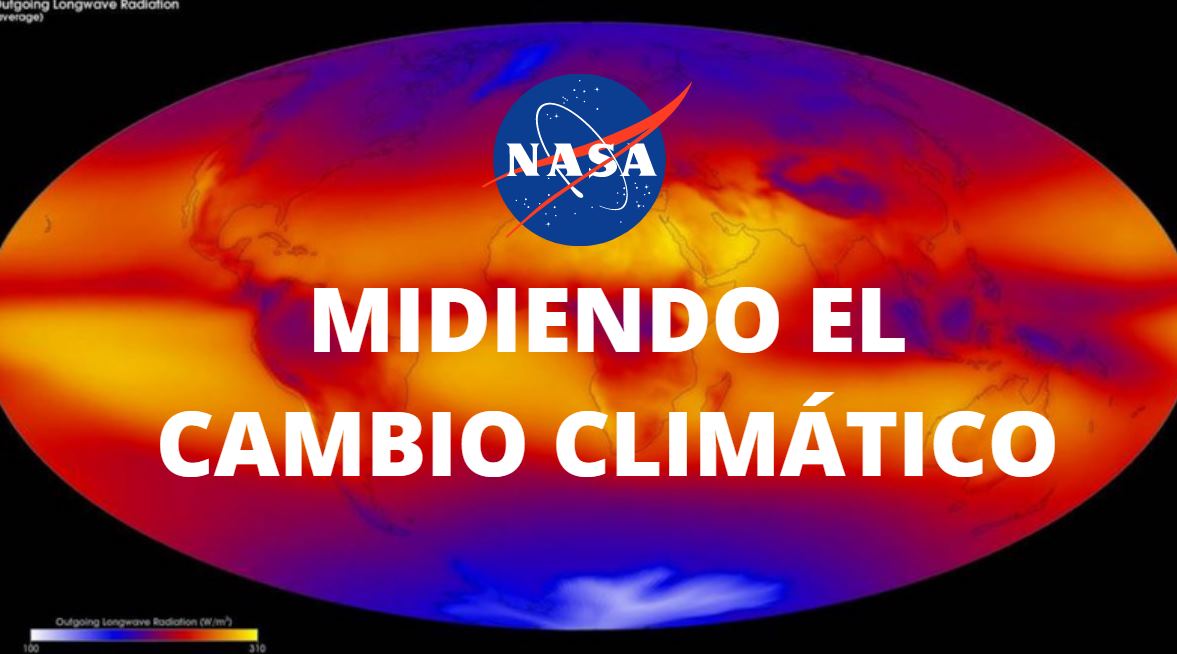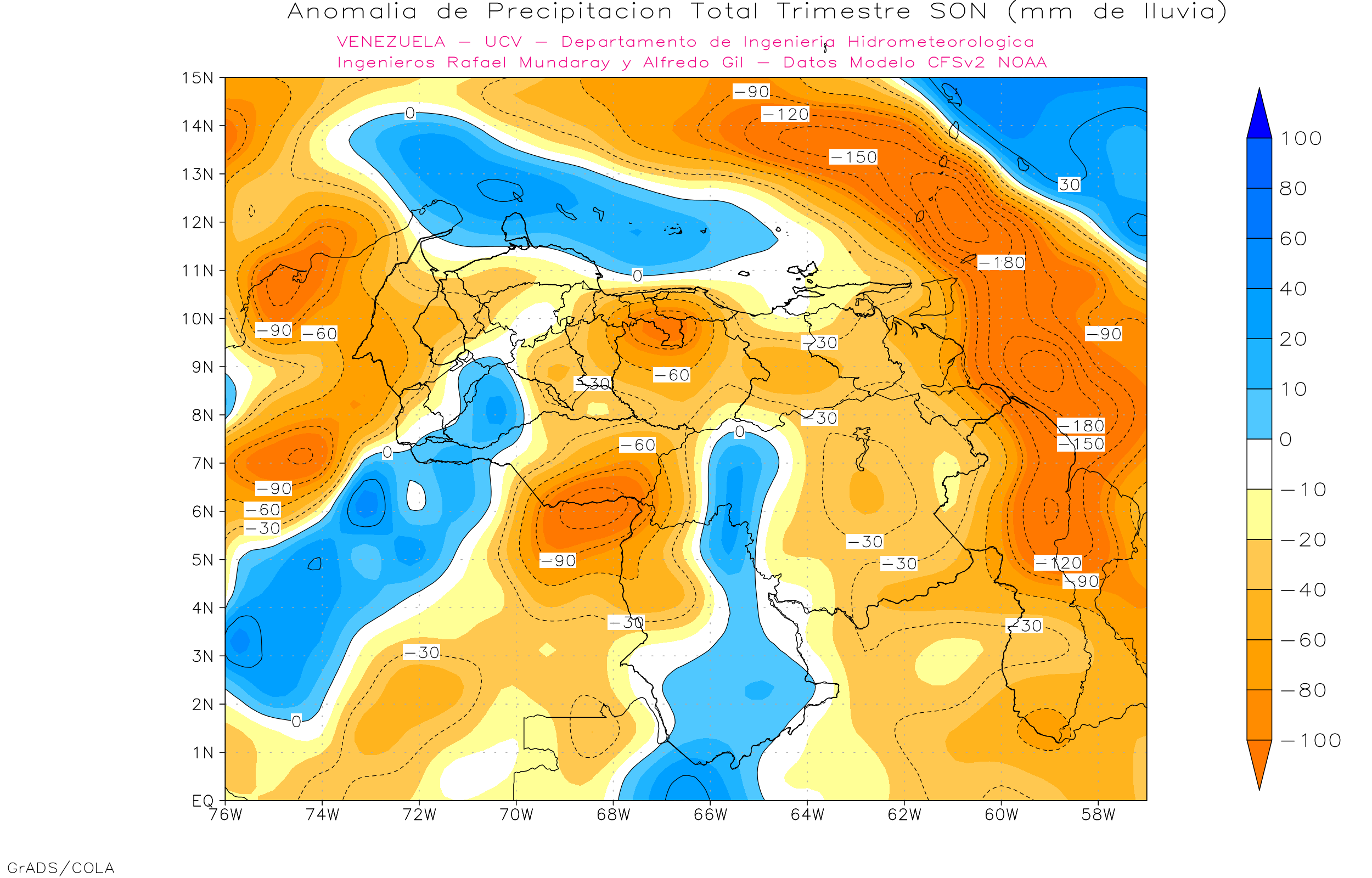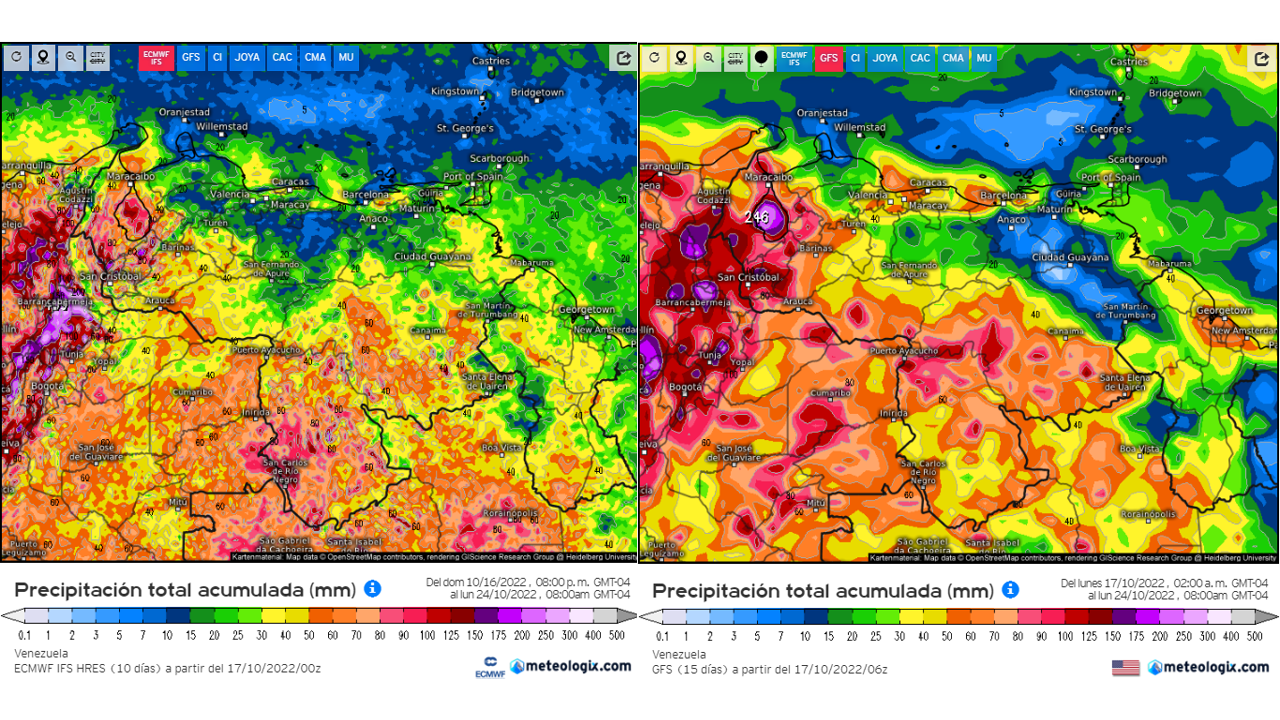NASA PRESENTA NUEVA HERRAMIENTA PARA MEDIR EL CAMBIO CLIMÁTICO

https://www.nasa.gov/press-release/nasa-selects-new-instrument-to-continue-key-climate-record
NASA has selected a new space-based instrument as an innovative and cost-effective approach to maintaining the 40-year data record of the balance between the solar radiation entering Earth’s atmosphere and the amount absorbed, reflected, and emitted. This radiation balance is a key factor in determining our climate: if Earth absorbs more heat than it emits, it warms up; if it emits more than it absorbs, it cools down.
The new instrument, named Libera, is NASA’s first mission selected in response to the 2017 National Academies’ Earth Science Decadal Survey. The project’s principal investigator is Peter Pilewskie of the University of Colorado Laboratory for Atmospheric and Space Physics in Boulder, Colorado.
“This highly innovative instrument introduces a number of new technologies such as advanced detectors that will improve the data we collect while maintaining continuity of these important radiation budget measurements,” said Sandra Cauffman, acting director of the Earth Science Division at NASA Headquarters in Washington.
Libera will measure solar radiation with wavelengths between 0.3 and 5 microns reflected by the Earth system and infrared radiation with wavelengths between 5 and 50 microns emitted from the Earth system as it exits the top of the atmosphere. The sensor will also measure the total radiation leaving the Earth system at all wavelengths from 0.3 to 100 microns. An innovative additional “split shortwave” channel measuring radiation between 0.7 and 5 microns has been added to enable new Earth radiation budget science.
These wavelength ranges allow scientists to understand changes to Earth’s climate system such as whether the planet is getting brighter or darker, and heating up or cooling down. The data will be available publicly following a brief checkout and commissioning period.
The new instrument was selected competitively from four proposals considered under NASA’s first Earth Venture Continuity opportunity, a new type of investigation in this class. NASA Earth Venture missions are led by principal investigators, competitively selected, and are cost- and schedule-constrained.
Earth Venture Continuity missions focus on demonstrating innovative, low-cost approaches to maintaining targeted measurements important to the Earth science community in an unbroken and consistent way. The National Academies’ Decadal Survey recommended this new way to continue existing measurements of vital importance over the long term.
Libera is named after the daughter of Ceres, the Roman goddess of agriculture. The name acknowledges the relationship between this new mission and the Clouds and the Earth’s Radiant Energy System (CERES) instruments that currently make the radiation balance measurements that Libera will continue. Six CERES instruments are currently collecting data on NASA and National Oceanic and Atmospheric Administration satellites.
The new research instrument will fly on NOAA’s operational Joint Polar Satellite System-3 (JPSS-3) satellite, which is scheduled to launch by December 2027.
Earth Venture missions are managed by the Earth System Science Pathfinder program, located at NASA’s Langley Research Center in Hampton, Virginia, for the agency’s Science Mission Directorate.
For more information about the Earth Venture program, visit:
NASA uses the vantage point of space to increase our understanding of our home planet, improve lives, and safeguard our future. NASA develops new ways to observe and study Earth’s interconnected natural systems with long-term data records. The agency freely shares this unique knowledge and works with institutions around the world to gain new insights into how our planet is changing.
For more information about NASA’s Earth science activities, visit:
-end-
Steve Cole
Headquarters, Washington
202-358-0918
stephen.e.cole@nasa.gov



